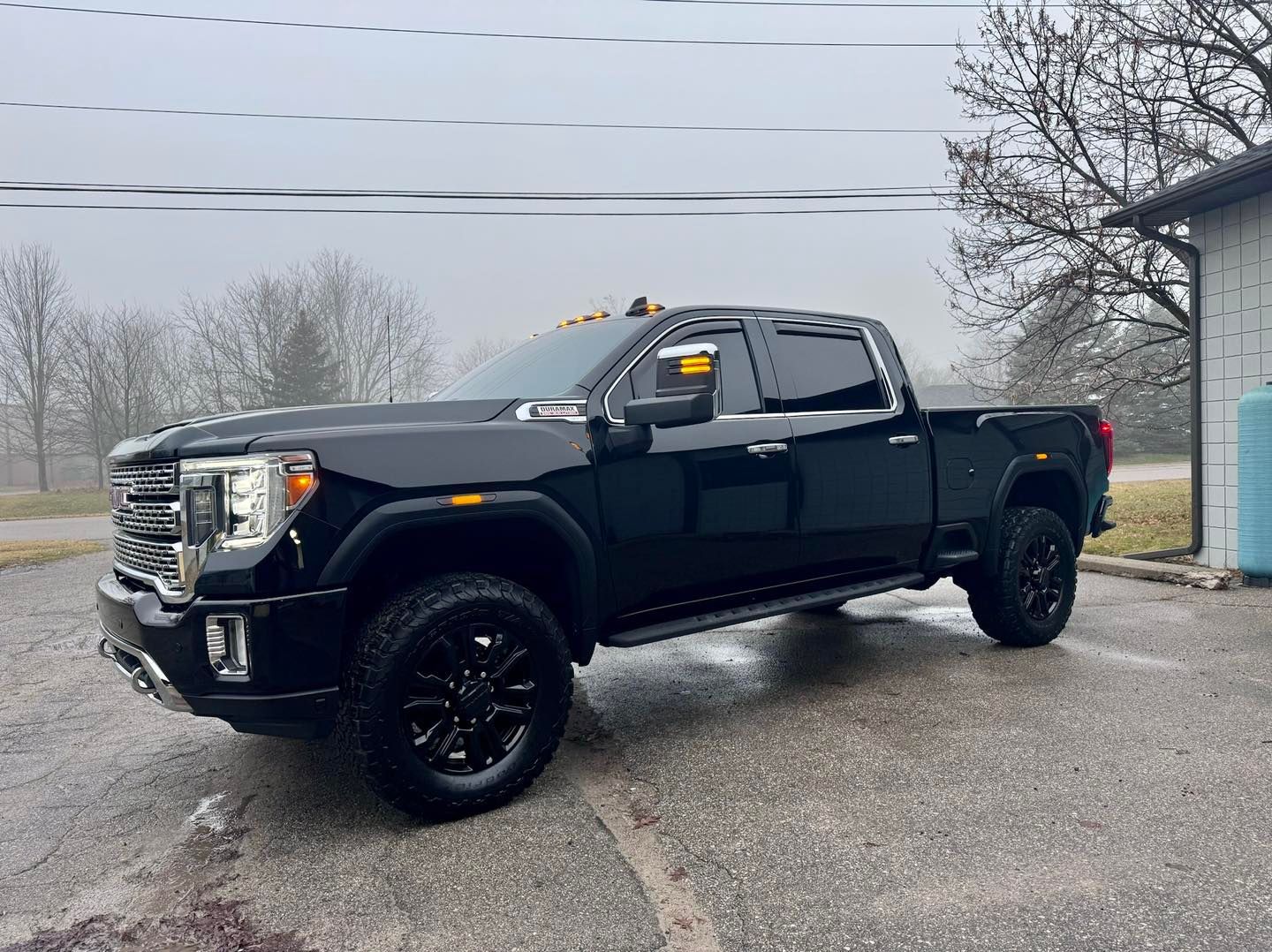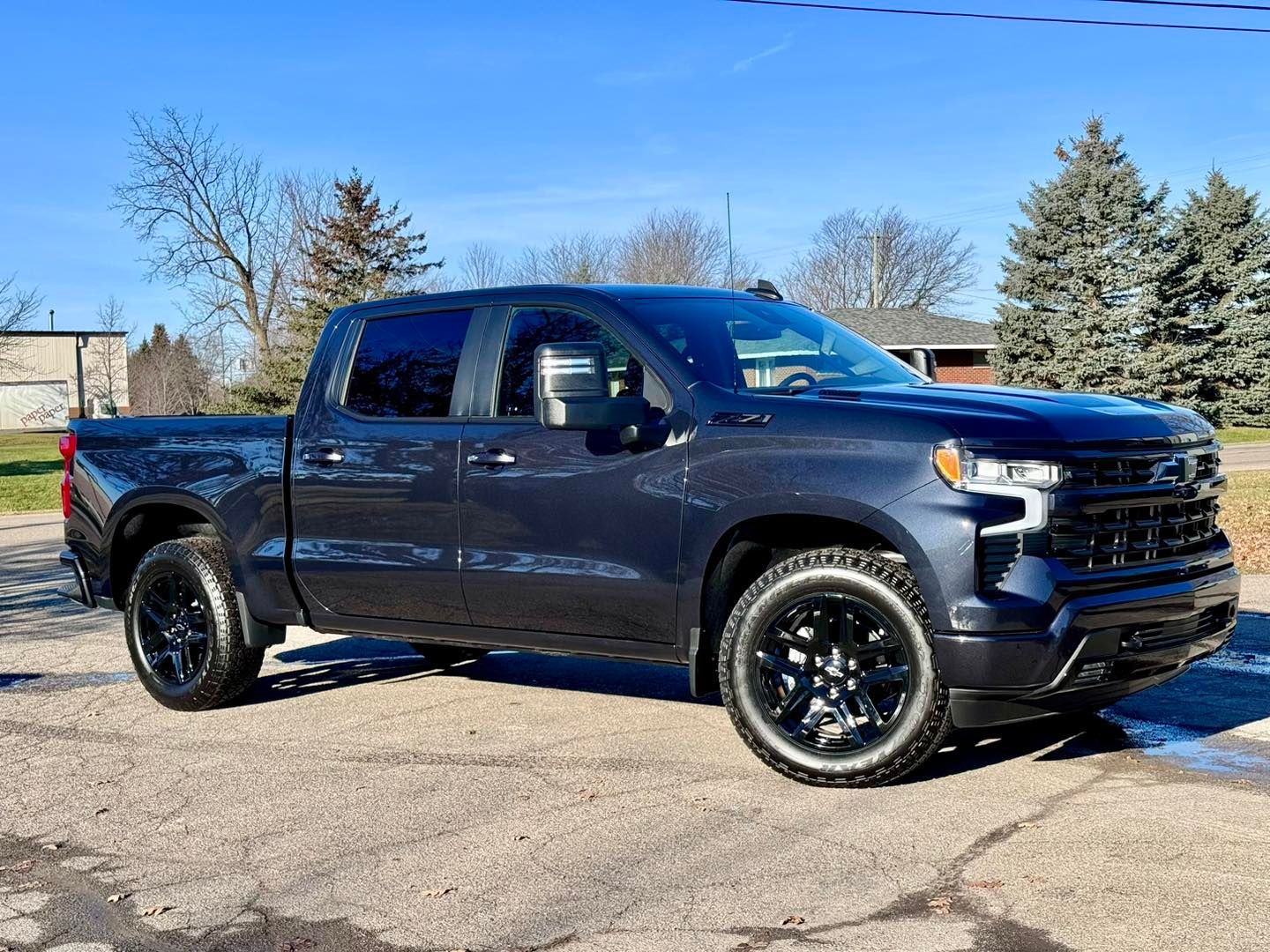Monday-Friday: 8:00 AM - 5:00 PM | Saturday: 8:00 AM - 12:00 PM
How Long Does Ceramic Coating Take to Cure In Ann Arbor Weather?
Have you ever considered how weather conditions, particularly in Ann Arbor, can influence the curing time of your vehicle's ceramic coating? Failing to consider this vital factor may compromise not only the longevity and effectiveness but also the beauty of your car's protective coat.
This blog post will delve into an in-depth discussion about the often-overlooked relationship between Ann Arbor's unique weather patterns and the curing process of ceramic coatings. You'll gain insights on how to leverage these weather conditions, ensuring your car's ceramic coating cures properly while maintaining a pristine and glossy finish. Discover how to exploit nature's whims for your vehicle's advantage today!

General Curing Times for Ceramic Coatings
The curing time periods for ceramic coatings vary but usually fall between 24-48 hours. During this process, the liquid polymer evaporates into the air while undergoing chemical reactions on the surface of your car's paintwork.
Throughout this time, it's essential to keep contaminants at bay and avoid exposing your car to rainwater or moisture. If water droplets come into contact with your coating before it cures completely, there is a risk they will leave marks on the surface permanently. In other words, exposing your vehicle to precipitation or running it through a car wash during this short period could result in an imperfect finish.
It's also important to note that the curing time is affected by local weather conditions (such as temperature and humidity). Ann Arbor's weather varies by season and can affect how long it takes for ceramic coatings to cure.
In Michigan, summer temperatures range anywhere from 85°F - 90°F; higher temperatures will typically decrease curing times significantly. Similarly, excessive wind can blow dust onto an uncured coating, resulting in imperfections.
Factors Affecting Curing Time
When it comes to the curing process of ceramic coating, it is essential to consider various factors that affect the time it takes to dry and harden properly. The most vital factor is environmental conditions like temperature and humidity, which directly affect curing time. As a rule of thumb, warmer conditions facilitate faster drying, while cooler ones slow down the process. To understand the phenomenon more closely, we need to first grasp what curing is all about.
In simple terms, curing refers to the drying and hardening process that follows after applying a ceramic coating to your vehicle. During this process, the solvents present in ceramic coatings evaporate entirely, leaving behind a hard protective layer over the surface.
Along with temperature and humidity levels, other factors such as air quality, thickness or the number of coatings applied also tend to affect curing time. Generally speaking, multiple coats applied in relatively thick layers require more time to cure fully than a single thin layer would. However, thicker layers offer increased protection against harsh weather conditions.
Given these nuances surrounding the ceramic curing process, let's dive into how Ann Arbor weather plays a considerable role in this phenomenon and affects your vehicle's overall protection.
Ann Arbor Weather Impact on Curing
Ann Arbor's unpredictable weather patterns can have significant implications for your beloved vehicle's ceramic coat finish. The long winters here mean you'll often encounter below-freezing temperatures ranging from 15-30°F (-9 to -1°C). Similarly, summer months typically vary from mildly warm or hot temperatures of 70-90°F (21-32°C), sometimes soaring above 100°F (38°C).
Imagine you've just had your car renovated with new ceramic paint protection, but a sudden snowstorm hits; sub-zero temperatures will undoubtedly impede curing times. The solvents needed for proper hardening can take an unexpectedly prolonged time to evaporate.
Similarly, when temperatures soar in summer, the chances are that curing times will be much quicker and require more attention from detailers. Cars left in direct sunlight for extended periods face a higher risk of damaging the coating upon re-entry into cooler environments, such as underground parking or garages.
That being said, it's not all doom and gloom; various measures can be taken to protect your car's newly applied ceramic coating under varying weather conditions. Let's explore some local UV conditions and their effects further.
Local UV Conditions and Their Effects
A ceramic coating is designed to protect your vehicle's paint from the elements, including the sun's harmful UV rays. One of the primary
benefits of ceramic coating is its resistance to UV damage, which can lead to fading and discoloration. However, the effectiveness of your ceramic coating may depend on the local UV conditions in Ann Arbor.
The amount of UV radiation that reaches the earth's surface can vary depending on location, time of year, and other environmental factors. In Ann Arbor, the peak solar radiation occurs between June and August, when the days are longer and there is greater exposure to sunlight. Thus, it's crucial to understand how local weather patterns may affect your ceramic coating's curing process.
Suppose a customer gets their vehicle coated during the summer season when the solar noon (when the sun is at its highest point in the sky) occurs between 1:00 PM -2:00 PM. In that case, they must avoid parking their car outdoors during this period, as it could potentially lead to overheating or stretching of the cured coating due to expanding metal surfaces.
Additionally, during cold and cloudy months like December through March, more people keep their vehicles covered or stored indoors. However, these conditions must be taken into account before scheduling an appointment for coating application. These grey and overcast skies might require appropriate temperature control measures to speed up curing times.

Optimal Season for Ceramic Coating in Ann Arbor
The optimal season for ceramic coating depends on temperature and humidity levels. The best time to get a ceramic coating on your vehicle is typically during the summer, when the temperature ranges from 70-85 °F. While spring and fall are suitable for coating applications, higher humidity levels may prolong curing times.
Having said that, you can still get it year-round, but it will require more planning and care. An expert auto detailer like the professionals at Nick's Auto Detail can help streamline the ceramic coating application process at any time of the year.
Mitigating Weather Effects on Coating Curing
Once the coating has been applied and curing commences, several measures can be taken to offset negative weather impacts. For instance, extreme temperatures can adversely affect the curing rate of ceramics; thus, adequate temperature settings, either through heating or cooling systems, should be put in place.
Furthermore, when coating paintwork during high humidity levels or rainy seasons, the painted surface may suffer streaks or splotches caused by water droplets settling on the surface. In such cases, it's crucial to monitor the surface until the coating is fully cured to ensure no water droplets remain on its surface. Also, ensuring adequate ventilation during extreme humidity levels will aid faster drying and curb vapor pressure.
Clients often inquire about coating their cars heading into winter, given the anticipation of milder weather. Like most auto detailing services, temperature regulations play a massive factor in preparing and defending your car from rust and corrosion throughout the winter.
Through consultations at Nick's Auto Detail, our team recommends applying ceramics above 60 degrees Fahrenheit but ideally around 70 degrees. Technicians carefully monitor application temperatures for optimal results.
While a well-ventilated area plays a vital role in speeding up the curing process during extreme weather conditions like high humidity or precipitation, providing circulation for maximum ventilation is imperative not only for curing purposes but also for safety reasons.
Understanding the impact of environmental elements on ceramic coatings' curing process is vital to maintaining long-lasting results. Inadequate consideration of such factors may cause coatings to fail early, fade, or develop cracks.
Final Words
In conclusion, mitigating weather effects on ceramic coating cure time is made possible through adequate planning and implementation of temperature-regulated systems, ensuring appropriate ventilation and humidity control. Correct management of these elements will not only improve the coating's overall quality but also guarantee longevity and keep your car looking new for years to come.
At Nick's Auto Detail, we emphasize the significance of weather in ceramic coating cure time to ensure precise application. Our seasoned experts specialize in temperature regulation for optimal curing conditions, providing lasting protection and resilience on vehicle surfaces effectively. Trust our expertise for flawless ceramic application for lasting protective shields that last! Lift up the resilience and appearance of your car today.
Contact Nick's Auto Detail now to consult on professional-grade ceramic coating services!
The Difference is in the Details
First founded as a way to provide passionate car care for local drivers in the Jackson and Wateshenaw Counties of Michigan, and quickly elevating into a full-time detailing business, Nick’s Auto Detail was established in 2017. When having our full-service automotive detailing, paint correction, and ceramic coating installation teams work on your automobile, you get so much more than a clean and protected car, truck, or SUV. We care deeply for each individual make and model that we are hired to perform our services on, keeping our craft on point by maintaining our Gtechniq Ceramic Coating certification and other auto care training. We recognize that many of our customers see their vehicle as an icon to their personality, so we work to preserve that feeling.
Our Location
Proudly located right next to Robert's Paint and Body!
Contact Us
Phone: (517) 612-9448
Hours of Operation
Monday - Friday: 8:00 AM - 5:00 PM
Saturday: 8:00 AM - 12:00 PM
Social Media
Quick Links
This website was designed by the team at Detailers Roadmap, a platform developed for detailing operators across the globe.
All Rights Reserved | 8bitcreative, LLC | Nick's Auto Detail



